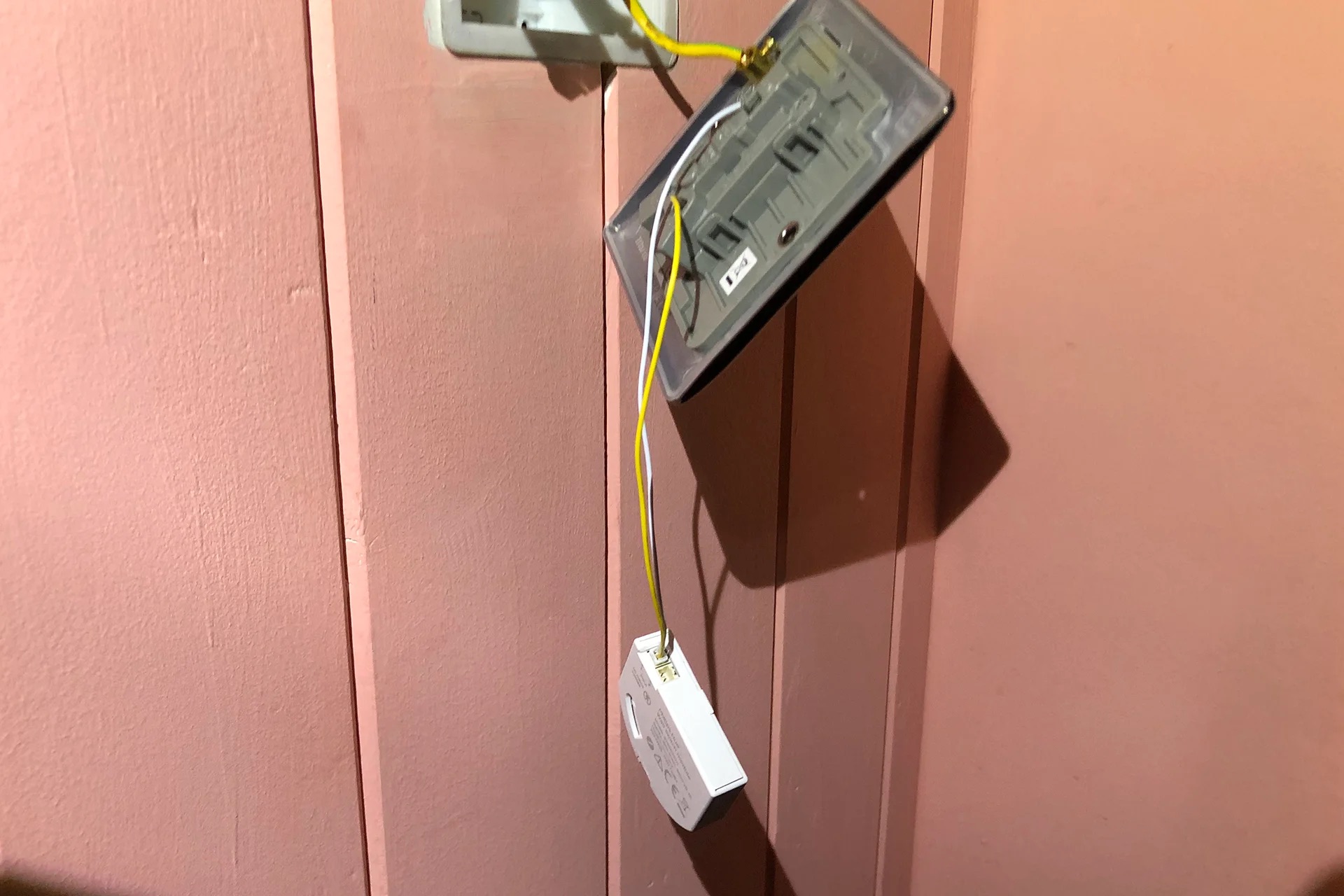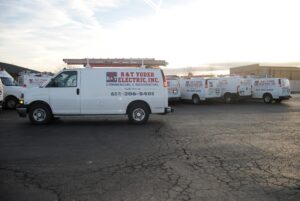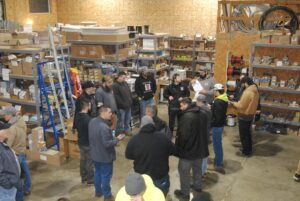
The humble light switch. A small, often overlooked component that quietly orchestrates the lighting and electrical flow of a home or office. Yet, when installed with precision, these inconspicuous devices become the backbone of convenience and efficiency.
Switch installation might sound simple, but its significance extends beyond turning lights on and off. Properly installed switches enhance safety, streamline daily tasks, and even contribute to energy efficiency. The right placement, the correct wiring, and the ideal switch type can transform a chaotic electrical setup into a symphony of convenience.
Why Proper Switch Installation Matters
Switches aren’t just cosmetic features. They’re the gateway to your home’s electrical system. A poor installation can lead to more than just flickering lights—it can create a fire hazard, increase energy waste, and lead to costly repairs down the road.
Key Reasons to Prioritize Professional Installation:
- Electrical Safety
Loose connections or incorrect wiring can cause overheating or arcing, which are common precursors to electrical fires. A professionally installed switch ensures every wire is secured and insulated. - Operational Efficiency
An optimized switch layout makes daily routines more intuitive. Imagine effortlessly controlling lights, fans, and appliances without second-guessing which switch does what. - Energy Conservation
Smart switches and dimmers help reduce energy consumption by adjusting lighting levels or automating usage based on occupancy. - Longevity of Electrical Components
Correct installation minimizes wear and tear on switches and connected devices. - Aesthetic Appeal
Misaligned or poorly placed switches are more noticeable than you’d think. Clean, precise installation ensures a polished finish that complements your home’s design.
Types of Switches for Every Electrical Need
Not all switches are created equal. Each serves a distinct purpose, catering to specific lighting and electrical requirements.
1. Single-Pole Switches
The classic workhorse of household lighting. A single-pole switch controls one fixture from one location.
Best For: Bedrooms, kitchens, and bathrooms.
Pro Tip: Choose models with pilot lights to indicate whether the switch is on or off—perfect for poorly lit areas.
2. Three-Way Switches
These switches work in tandem, controlling one fixture from two separate locations.
Best For: Staircases, hallways, and large rooms with multiple entry points.
Pro Insight: Install dimmer-compatible three-way switches for adjustable lighting in common areas.
3. Four-Way Switches
When three-way switches aren’t enough, four-way switches step in, allowing control from three or more locations.
Best For: Open-plan living spaces or multi-entrance rooms.
Watch Out: Improper wiring can cause functionality glitches. Always hire professionals for these setups.
4. Dimmer Switches
Adjustable lighting control at your fingertips. Dimmer switches regulate brightness levels, adding ambiance and conserving energy.
Best For: Dining rooms, living areas, and bedrooms.
Tech Insight: Choose LED-compatible dimmers to avoid flickering issues.
5. Smart Switches
Welcome to the future. Smart switches connect to home automation systems, allowing control via smartphone apps or voice assistants.
Best For: Tech-savvy homeowners who value convenience and remote access.
Did You Know? Some smart switches track energy consumption, helping you identify power-hungry devices.
Pre-Installation Considerations
Before installing switches, several factors require careful consideration to ensure safety and functionality.
1. Electrical Load Calculation
Switches must be rated for the electrical load they’ll handle. Overloaded switches may overheat and fail prematurely.
- Placement Strategy
Position switches at convenient heights and logical locations to enhance usability. For instance, installing a switch near the entryway ensures easy access when entering a dark room.
3. Compatibility with Existing Wiring
Older homes may need wiring upgrades to accommodate modern switch technologies, particularly smart switches that require neutral wires.
4. Future-Proofing
With evolving home automation trends, it’s wise to install switches that can integrate with smart home ecosystems, even if you’re not using them immediately.
The Step-by-Step Switch Installation Process
Switch installation might seem like a straightforward task, but each step requires precision to avoid electrical hazards. Here’s what a professional installation typically involves:
1. Power Shutdown
The first, and arguably most crucial, step is turning off the power supply. This ensures the safety of the electrician and protects your home from electrical surges.
2. Switch Box Preparation
The old switch is removed, and the wiring is examined for damage. If the existing box isn’t up to code, it’s replaced with a modern, fan-rated, or standard electrical box as needed.
3. Wire Identification and Connection
Wires are color-coded: black for live, white for neutral, and green or bare copper for ground. Misidentifying these connections can cause switch failure or electrical hazards.
4. Securing the Switch
The switch is mounted into the box and secured with screws. A faceplate is added for safety and aesthetics.
5. Testing and Troubleshooting
The power is restored, and the switch is tested multiple times to confirm smooth operation. Any irregularities are addressed immediately.
Common Switch Installation Mistakes to Avoid
Even a seemingly simple task like switch installation can go awry if shortcuts are taken. Here are some pitfalls professionals diligently avoid:
- Loose Connections: Over time, vibrations from usage can loosen wires, causing intermittent operation or arcing.
- Incorrect Switch Type: Using a single-pole switch where a three-way is needed leads to confusion and malfunction.
- Overtightening Screws: Over-tightening terminal screws can damage wiring or deform components.
- Neglecting Code Compliance: Building codes exist for safety. Licensed electricians ensure all installations meet regulatory standards.
Energy Efficiency: The Hidden Perk of Modern Switches
Energy-efficient lighting solutions don’t just reduce utility bills—they also minimize environmental impact.
How Switches Contribute to Energy Savings:
- Dimmers: Lower brightness when full illumination isn’t required.
- Timers: Automatically turn lights off after a set period.
- Occupancy Sensors: Detect movement and deactivate lights in empty rooms.
- Smart Systems: Track energy usage and offer optimization suggestions.
Pro Insight: Installing dimmer switches with LED bulbs can cut lighting energy consumption by up to 75%.
Switch Installation in Different Settings
Residential Spaces
Lighting control in homes should be intuitive and convenient. Switches near doorways, bedstands, and high-traffic areas ensure accessibility.
Commercial Properties
Commercial buildings often use advanced systems like networked lighting controls or occupancy-based sensors to manage vast spaces efficiently.
Outdoor Applications
Outdoor switches require weatherproof enclosures and should be positioned to minimize exposure to rain or snow.
Switch Maintenance: Prolonging Lifespan
Switches don’t demand extensive maintenance, but regular checks ensure continued performance and safety.
Maintenance Checklist:
- Inspect for Heat: Warm switch plates could indicate overloaded circuits.
- Clean Contacts: Dust and debris can impair switch performance over time.
- Tighten Connections: Periodically check for loosened terminal screws.
- Update Smart Features: Smart switches benefit from regular software updates for enhanced functionality.
FAQ Section
1. How long does switch installation take?
Most installations take 30-60 minutes per switch. However, wiring upgrades or smart switch setups can extend the timeline.
2. Do smart switches work without Wi-Fi?
Yes, but only basic functions like manual on/off will work. Advanced features like remote control and scheduling require an active internet connection.
3. Are dimmer switches compatible with all light fixtures?
No. Some LED bulbs are incompatible with standard dimmers. Always check compatibility before installation.
4. How do I know if my home needs switch replacements?
Flickering lights, warm plates, or unresponsive switches often signal the need for repairs or replacements.
5. Can I install a switch myself?
While DIY installation is possible, professional services ensure proper wiring, code compliance, and long-term safety.
Switches may be small, but their impact on your home’s functionality is massive. Whether you’re modernizing with smart switches or simply ensuring safe, reliable operation, expert installation makes all the difference.
Our professional switch installation services guarantee seamless functionality, energy efficiency, and lasting performance. Don’t settle for flickering lights or guesswork installations—let us illuminate your space with precision and care.
Contact us today for reliable, affordable switch installation services. Let’s make your electrical setup smarter, safer, and effortlessly convenient.







